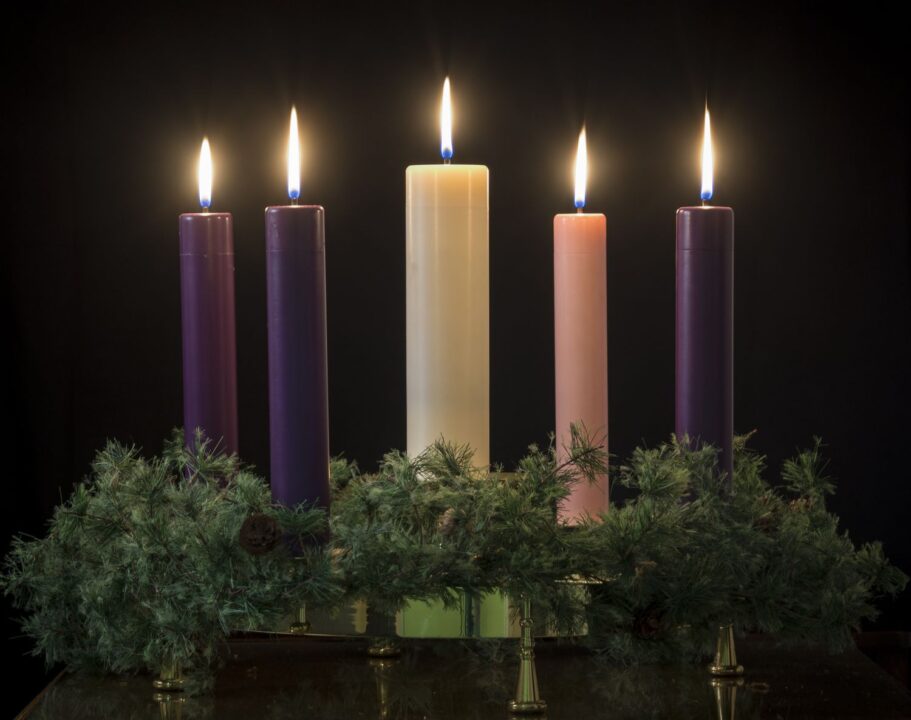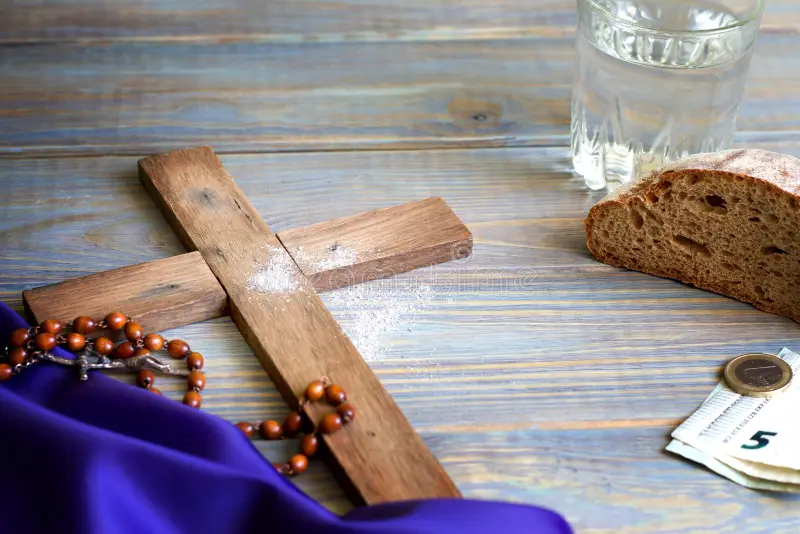Divine Retreat Centre UK – Official Website

4 Strategies of the devil we must guard ourselves from
November 30, 2023
Why should we pay for offering Holy Mass?
November 30, 2023‘Advent’ is a time of reparations, repentance, and preparation. Advent brings us a message of hope, and this ‘Hope’ calls for celebration. It marks the beginning of the new Liturgical year. The very word ‘Advent’ recalls Christmas celebrations. We seldom think of Advent as a season for repentance and reparation. Traditionally, the season of Lent is associated with repentance, sacrifice, and penance, while Advent is etched in our minds as a time to prepare for celebrations. However, the Church, in all her wisdom, has given us the opportunity during Advent to prepare ourselves for the coming of Christ. It is the coming of Jesus Christ into our hearts! The Latin word for Advent is ‘Adventus’, meaning ‘coming’ – the coming of someone or something important. The popular Greek translation is ‘Parousia’, referring to the second coming of Christ or awaiting the Messiah. It offers us an opportunity to share in the ancient longing for the Messiah’s arrival. Advent is a time of waiting, a period of waiting in ‘hope.’
‘Advent’ is a four-week journey to prepare our hearts to welcome Christ. In this journey, we should aspire to witness the birth of Jesus at Christmas, not in beautifully adorned cribs but in the manger of our heart. Thus, we need to prepare the manger, that is, our heart. We often focus too much on external preparations, while the manger that truly needs attention is neglected and in shambles. This pure, sinless, spotless ‘Lamb of God’ cannot be born in a manger full of the sinful stench. With the onset of Advent, let’s start cleaning and clearing up this little manger for our Lord to be born there on Christmas Eve.
Amend at Advent:
Advent is a time when the Church calls us to introspect our lives. She invites us to make amends in our relationship with God and one another. Forgiveness is what we need to reflect upon. Forgiving first within our own family, then extending to friends and the wider community. Let us make a deliberate attempt this Advent to mend relationships and forgive minor transgressions. Instead of dwelling on the negative aspects of a person or relationship, let us recall and speak positively about others. Asking for forgiveness for the hurt we may have caused and recalling those who have hurt us, we should seek the grace to forgive them. This season is a time to give and receive forgiveness. During Advent, let love and forgiveness be our motto. Taking this as an opportunity to introspect our lives, we should make amends wherever needed. Forgiveness is the key to all blessings. Once we have wholly forgiven from our heart, we can experience the true joy of Christmas. Without love and forgiveness, Christmas will be devoid of Christ. Let us bring Christ into our Christmas!
Praying Around the Advent Wreath:
Gathering the family around the Advent wreath for prayer is a beautiful gesture. An evergreen Advent wreath is displayed from the first Sunday of Advent in churches and homes. A candle is lit each Sunday and placed on the wreath. We can prepare and decorate a wreath ourselves or buy a ready one for our homes, lighting a candle each week of Advent. The Advent wreath, made of evergreen leaves like holly, firs, or pine, found in Northern Europe or America, is part of our Christmas decorations.
The Wreath of Hope:
As we place the wreath in our homes, we should also understand its significance. Displayed from the first Sunday of Advent, four weeks before Christmas, the circular wreath signifies the continuity of life. Traditionally, it has three purple and one rose-pink candle. The first Sunday’s candle symbolizes the ‘Prophet’s candle’ or the candle of ‘hope’, reminding us of Old Testament prophets like Isaiah who prophesied the Messiah’s coming. The second purple candle, lit on the second Sunday, symbolizes the ‘Bethlehem candle’ or the candle of ‘Faith’, recalling Mary’s faith as described in the Gospel of Luke. The third Sunday, known as ‘Gaudete Sunday’ (meaning “Rejoice”), sees the lighting of the rose-pink ‘Shepherd’s candle’, symbolizing ‘Joy’. The fourth Sunday’s candle, the ‘Angel’s candle’, symbolizes ‘Peace’, as announced by the angels. Completing the Advent wreath, a white candle may be lit on Christmas Day, symbolizing Christ’s arrival and his role as the ‘Light of the world.’
Advent holds a dual significance in Catholic theology. It not only prepares us for the commemoration of Christ’s birth but also reminds us of the anticipation of His Second Coming. This eschatological aspect – the ultimate fulfillment of God’s promises and the final establishment of His Kingdom – is a crucial part of Advent’s theological depth. In this light, Advent becomes a period of reflective anticipation, not just of a historical event, but of the ultimate realization of Christian hope.
Let us celebrate Christmas each year more meaningfully; with love, prayer, and forgiveness. Advent is a time of prayerful preparation for the birth of our Lord Jesus in our hearts. Joining together in family prayer throughout the season of Advent and beyond, rather than focusing solely on externals, we prepare our hearts to welcome our Lord and Savior. Let there be CHRIST in our CHRISTMAS! Our celebrations will surely be meaningful, joyful, and Christ-full.




